In today’s dynamic business landscape, where digital assets and technology infrastructure play pivotal roles, the effective management of assets is a critical determinant of an organization’s success. IT Asset Management (ITAM) is the cornerstone of this process, offering a structured approach to overseeing and optimizing an organization’s assets. In this article, we will delve into the realm of Atlassian Asset Management, explore its significance, and dissect the five pivotal stages of the asset management process. Along the way, we will shine a spotlight on how AssetIT, a cutting-edge system of asset management for Jira, can revolutionize asset management practices for businesses.
Understanding IT Asset Management (ITAM)
IT Asset Management (ITAM) is a strategic approach to tracking, managing, and optimizing an organization’s IT assets, which encompass a wide array of elements, from hardware and software to licenses and digital documents. The overarching objective of ITAM is to provide organizations with the necessary control, visibility, and insights to make informed decisions about their assets. This includes optimizing asset utilization, reducing costs, mitigating risks, ensuring compliance, and aligning assets with the organization’s overarching goals.
The Vital Role of Atlassian Asset Management
To fully appreciate the significance of Atlassian asset management, let’s consider a hypothetical scenario. Imagine your organization as a finely tuned orchestra. In this analogy, your items are the instruments, each contributing its own unique harmony to the overall performance. Now, picture what would happen if this orchestra lacked a conductor—someone to guide the musicians and ensure they played in harmony. Chaos would ensue, resulting in discordant sounds and a less-than-stellar performance.
In the business world, this orchestra without a conductor resembles an organization without an IT asset tracking process. Assets are scattered, underutilized, or unaccounted for, leading to inefficiencies, overspending, compliance issues, and ultimately diminished competitiveness.
Atlassian asset management, then, is the conductor of this corporate symphony, bringing order to the asset management process and orchestrating assets to perform in perfect harmony, thereby maximizing efficiency, reducing waste, and ensuring compliance.
5 Key Stages of The Jira Asset Management Process
Now that we’ve established the importance of Atlassian asset management, let’s delve into the heart of asset management for Jira: the five key stages of the process. We’ll also explore how AssetIT, a state-of-the-art Jira asset management plug-in, can enhance each stage of this journey.
Stage 1: Planning
The first stage of the asset management process is planning. This is where organizations identify their asset management goals and develop a strategic plan. This plan outlines how assets will be acquired, utilized, maintained, and eventually disposed of. It includes financial projections, risk assessments, and resource allocation strategies to ensure that assets are aligned with the organization’s objectives.
How does AssetIT help in this stage?
Picture AssetIT as your guiding light during the planning phase. With the power of its dashboard, AssetIT excels at defining how assets will contribute to overall success. This feature helps users promptly predict future needs, manage budgets, assess risks, and decide where to invest resources. With AssetIT, creating a smart strategy for your assets feels as easy as a gentle breeze.
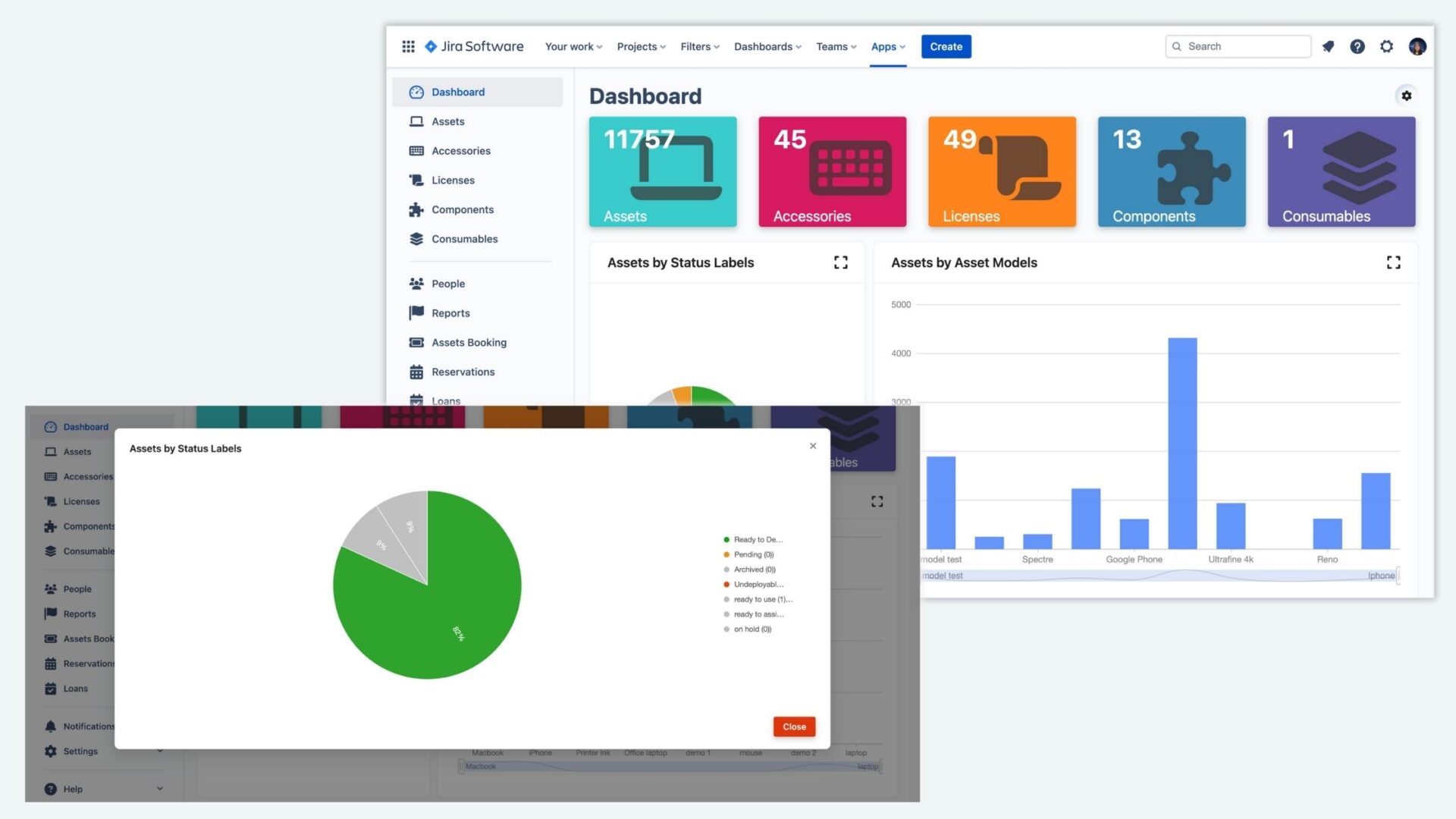
Stage 2: Acquisition
Organizations go shopping for assets. They acquire these assets through buying, renting, or any other means. The aim of this stage is to get the right assets to meet the organization’s needs efficiently. The acquisition can be considered budgeting for a shopping spree—making sure you’re getting the best deals and terms for what you need.
How does AssetIT master the acquisition?
AssetIT doesn’t treat acquisitions as mere financial transactions but as savvy investments. It keeps all the important details handy, like when you bought the asset, who you got it from, and how much it cost. This plug-in for asset management for Jira ensures every asset gets the proper record and lines up perfectly with your organization’s big-picture plan. In short, AssetIT transforms asset acquisition into a well-organized and strategic process.
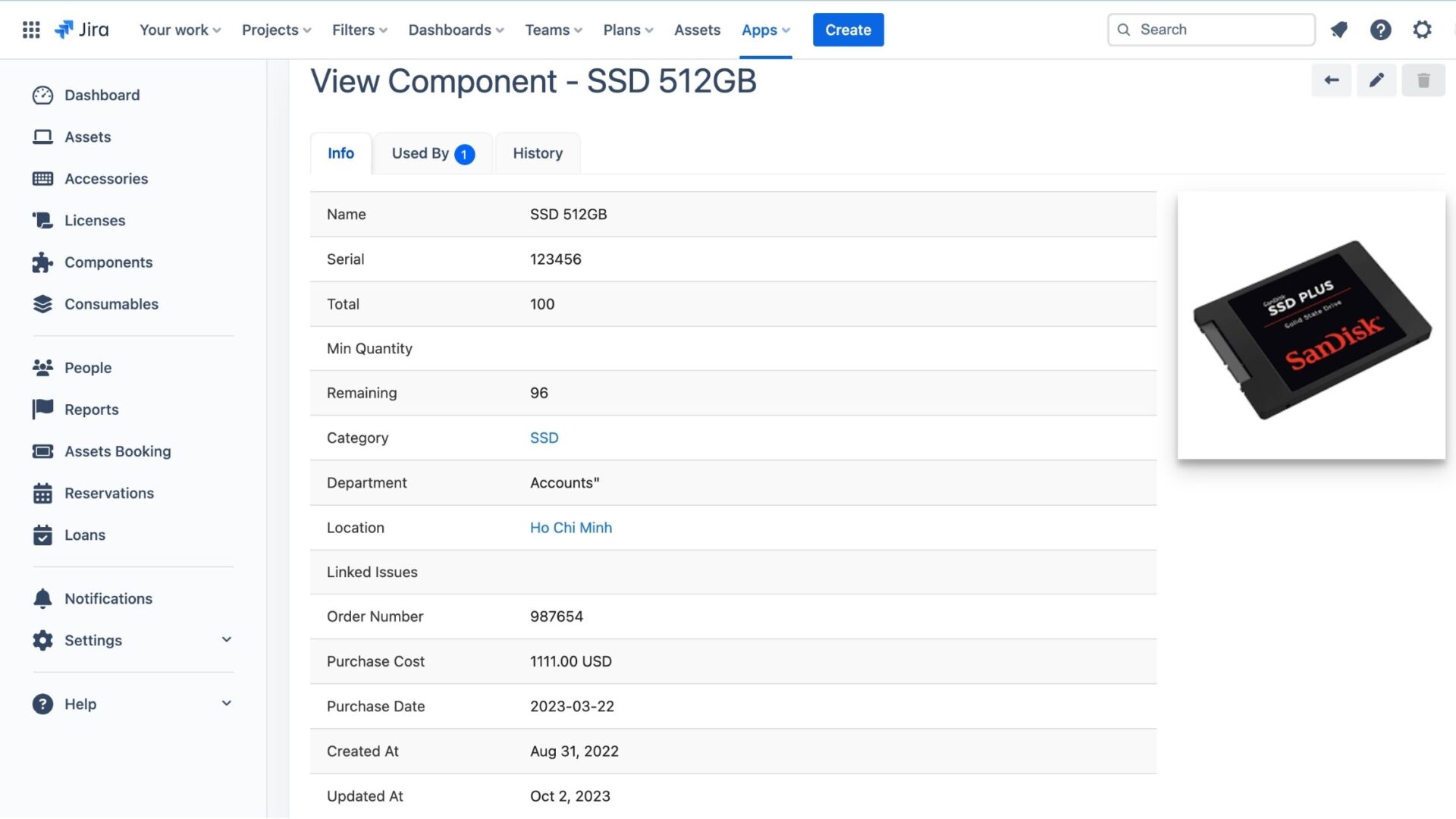
Stage 3: Utilization
After acquiring assets, organizations focus on optimizing their utilization. This stage involves ensuring that assets are deployed effectively to generate value and achieve their intended purpose. Efficient utilization often requires asset tracking, scheduling, and monitoring to prevent underutilization or overuse.
How does AssetIT get involved in utilization?
AssetIT works as a personal coach for your assets. This coach helps those items stay in peak condition and do their jobs efficiently. AssetIT, with many tracking features, keeps tabs on their insights—where they are, how they’re used, and how well they’re performing.
For example, AssetIT’s history carefully monitors every change to each asset. It will also keep track of and record any Jira issues that are linked or unlinked to a specific asset. This real-time insight helps organizations make smart decisions about which assets to use where, reduce waste, and ensure that every asset contributes to the team’s success.
Stage 4: Maintenance
Proper maintenance is the lifeblood of asset longevity and efficiency. The maintenance stage focuses on routine inspections, repairs, and preventive maintenance tasks to keep assets in optimal condition. Eventually, assets will always be in good working condition by tracking their downtime and productivity.
What role does AssetIT play in maintenance?
AssetIT’s notification system will never fail you when it comes to informing you of important incidents that have occurred with your IT assets. Email alerts and in-app notifications will be sent to the responsible person to make sure the matter is not overlooked.
Stage 5: Disposal
Nothing lasts forever, right? Assets reach the end of their useful life or become outdated. Disposal is a stage where organizations handle an old computer or an outdated software license. They will also have to decide whether to sell, recycle, donate, or just get rid of the assets responsibly. The question is, how do you know which one is out-of-date?
AssetIT’s solution:
This Jira-based asset management app, AssetIT, offers a customizable reporting system, simplifying your access to valuable insights. For instance, when you want to track outdated Jira software licenses for recycling, you can just create a customized report focusing on the specific outdated version in AssetIT. This makes your Jira asset management tasks more efficient and straightforward.

Conclusion
In a nutshell, the asset management process can be the guiding light that helps organizations navigate the intricate world of asset management. By implementing AssetIT, an Atlassian asset management, businesses can seamlessly progress through the five key stages of asset management, from planning to disposal, all while optimizing asset performance, reducing operational risks, and achieving financial objectives.
If you have any questions, please feel free to contact us at Support Desk for a prompt response.


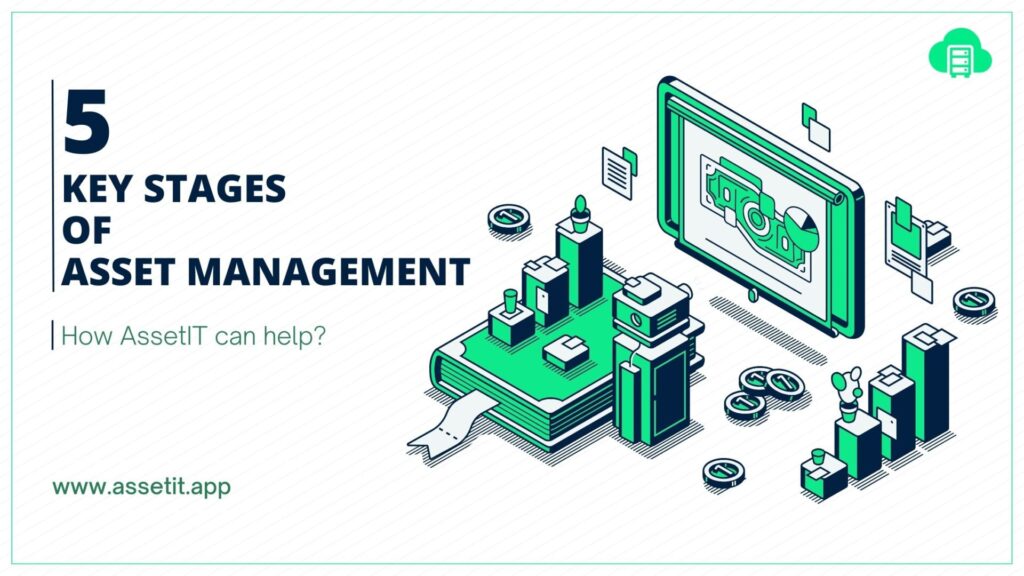
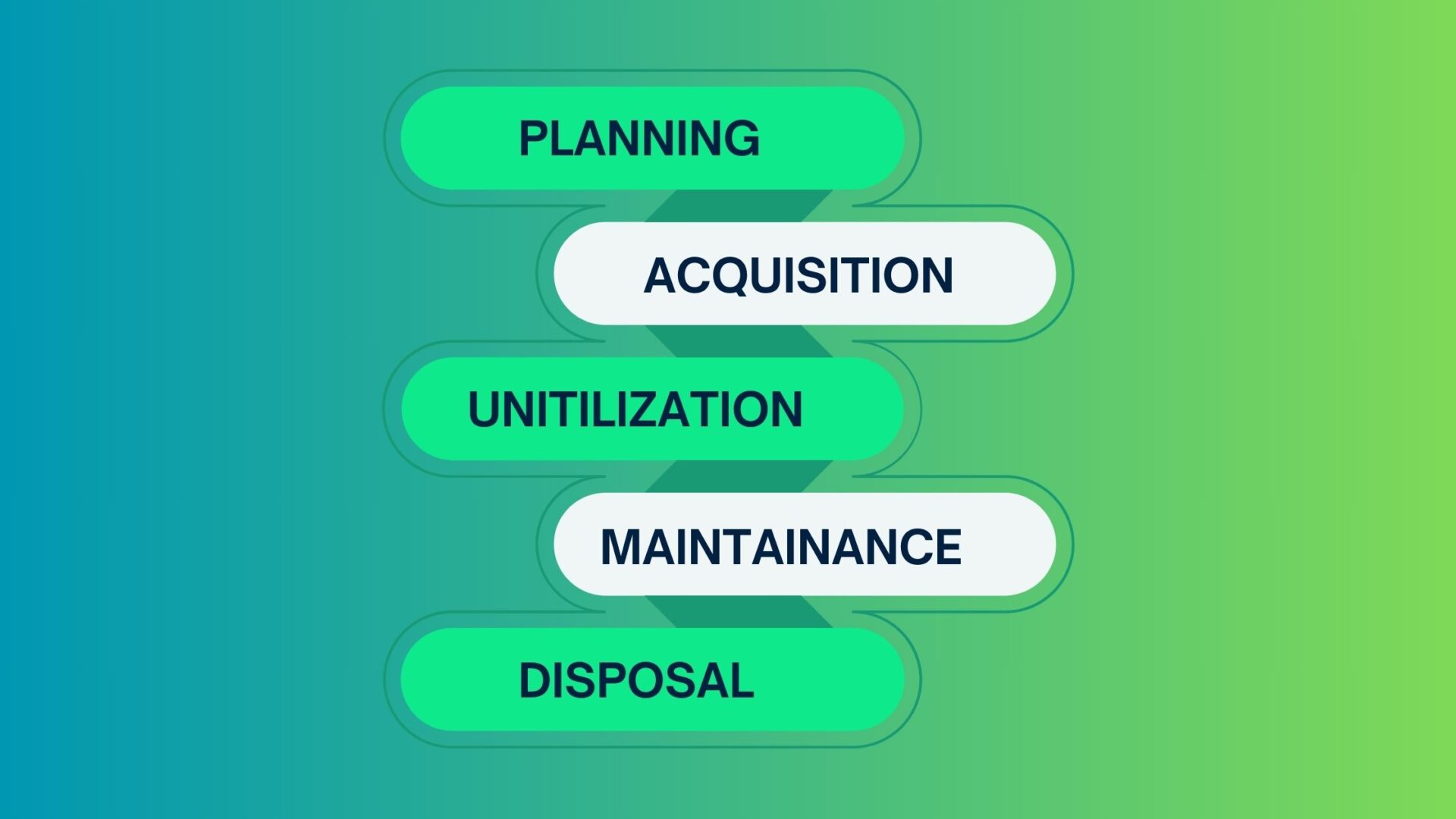

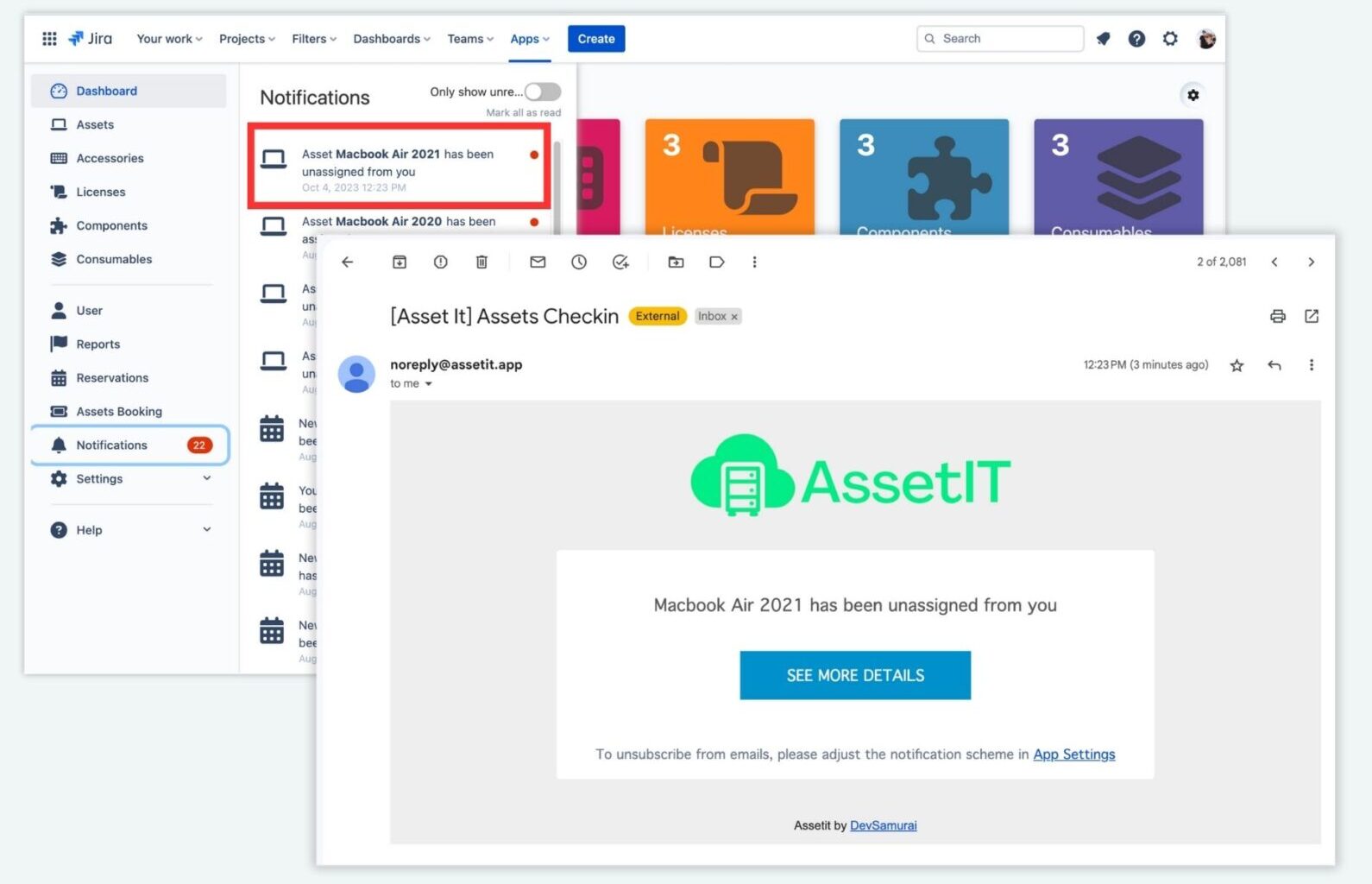

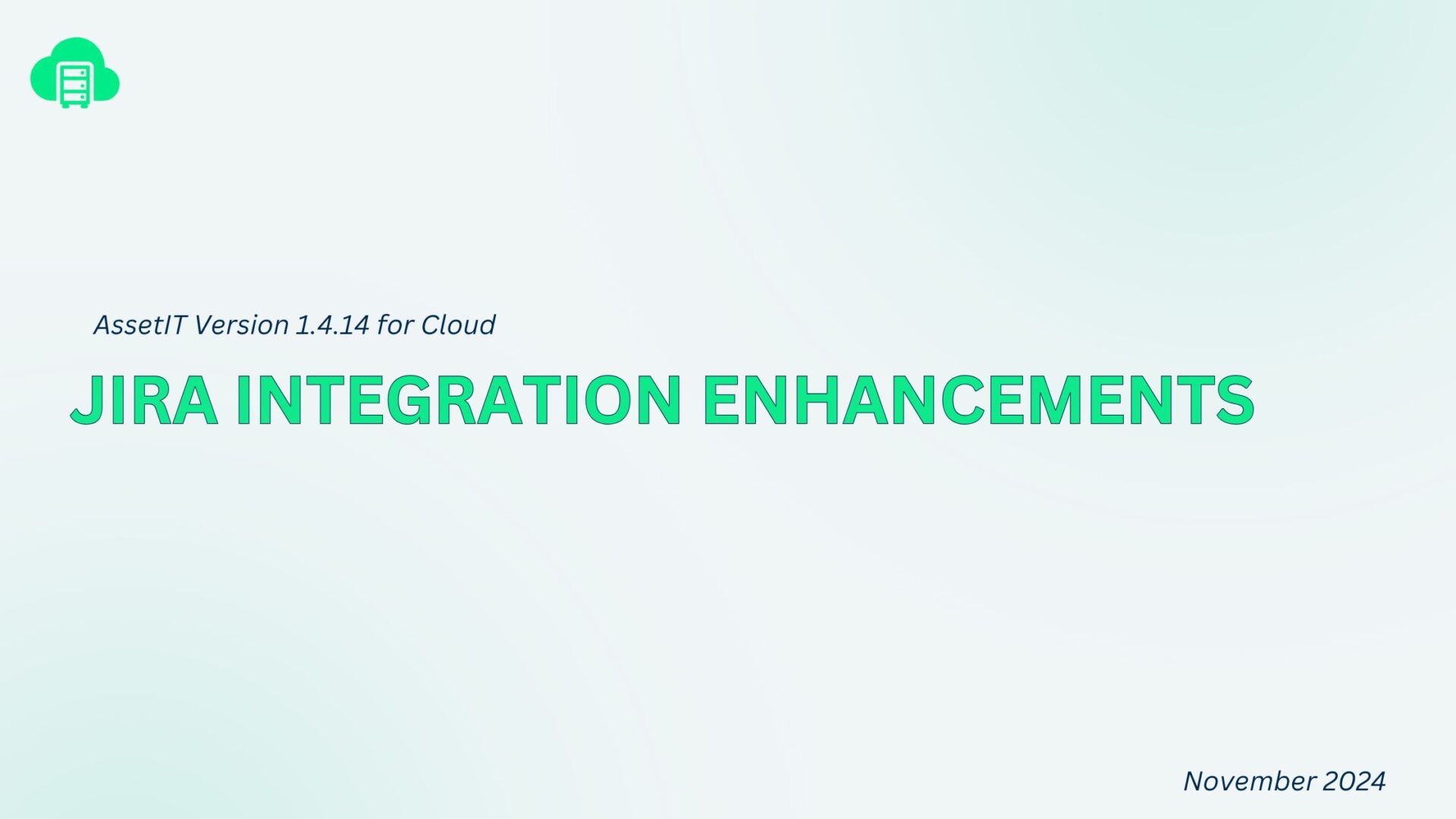
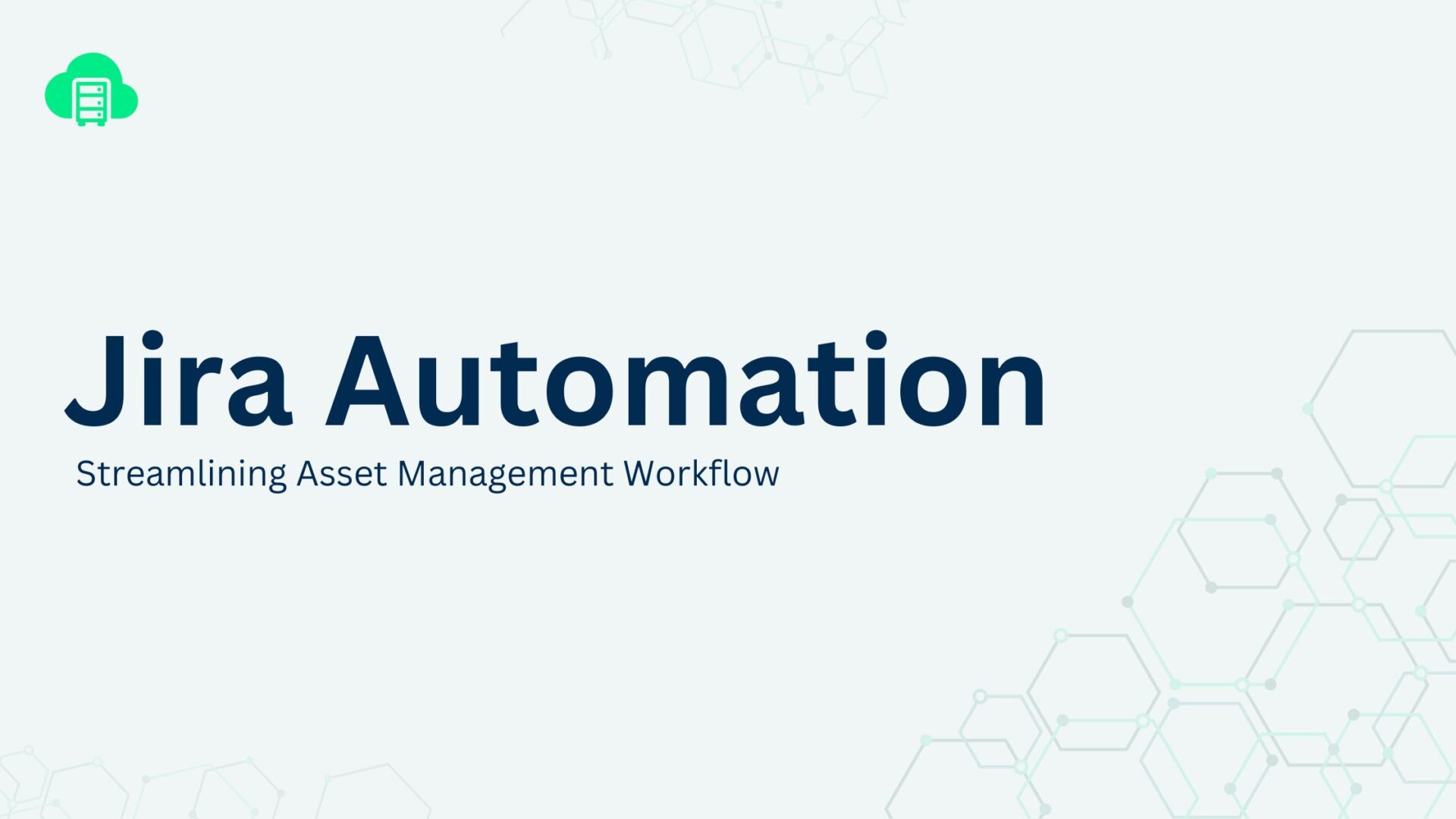
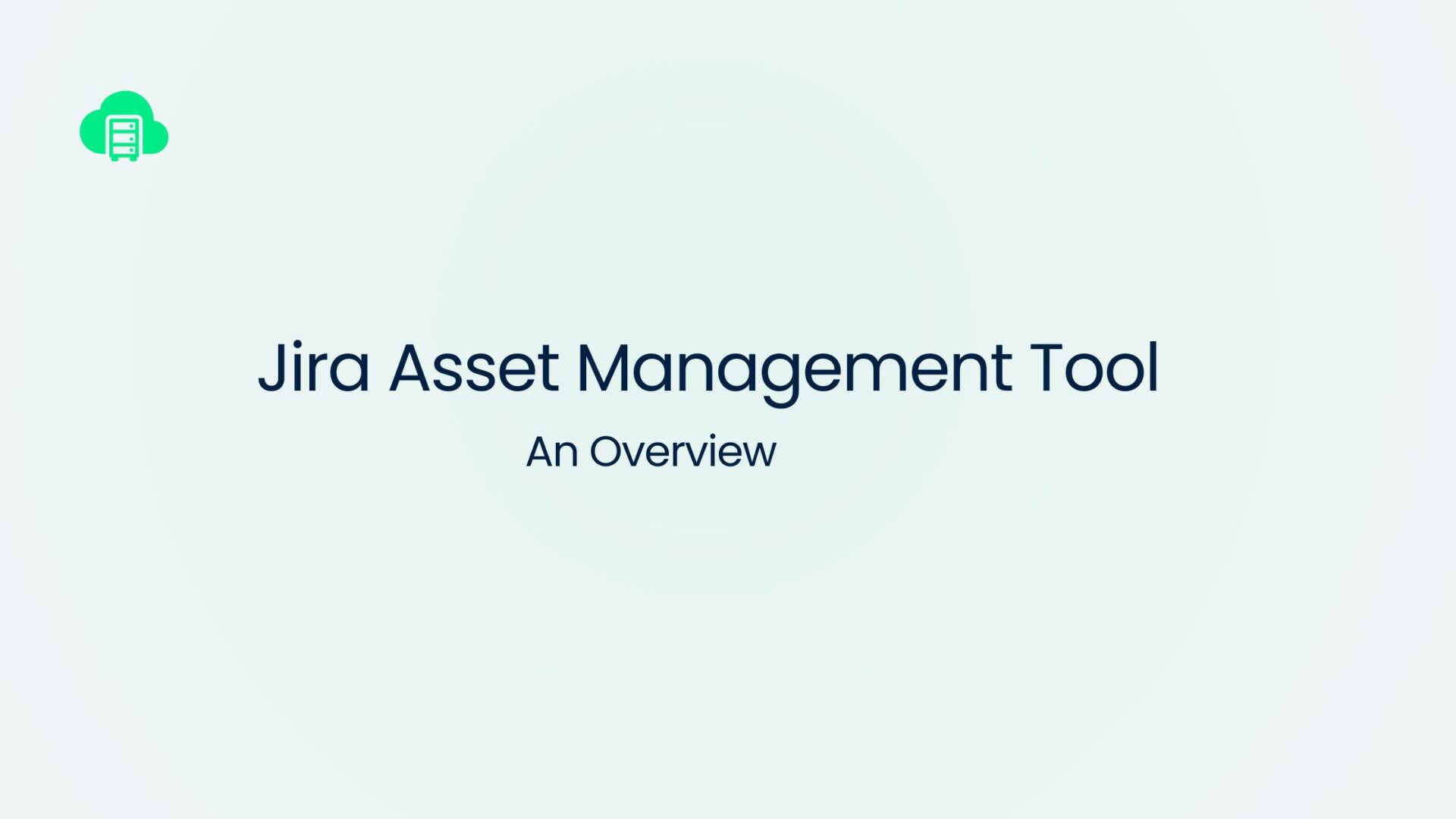

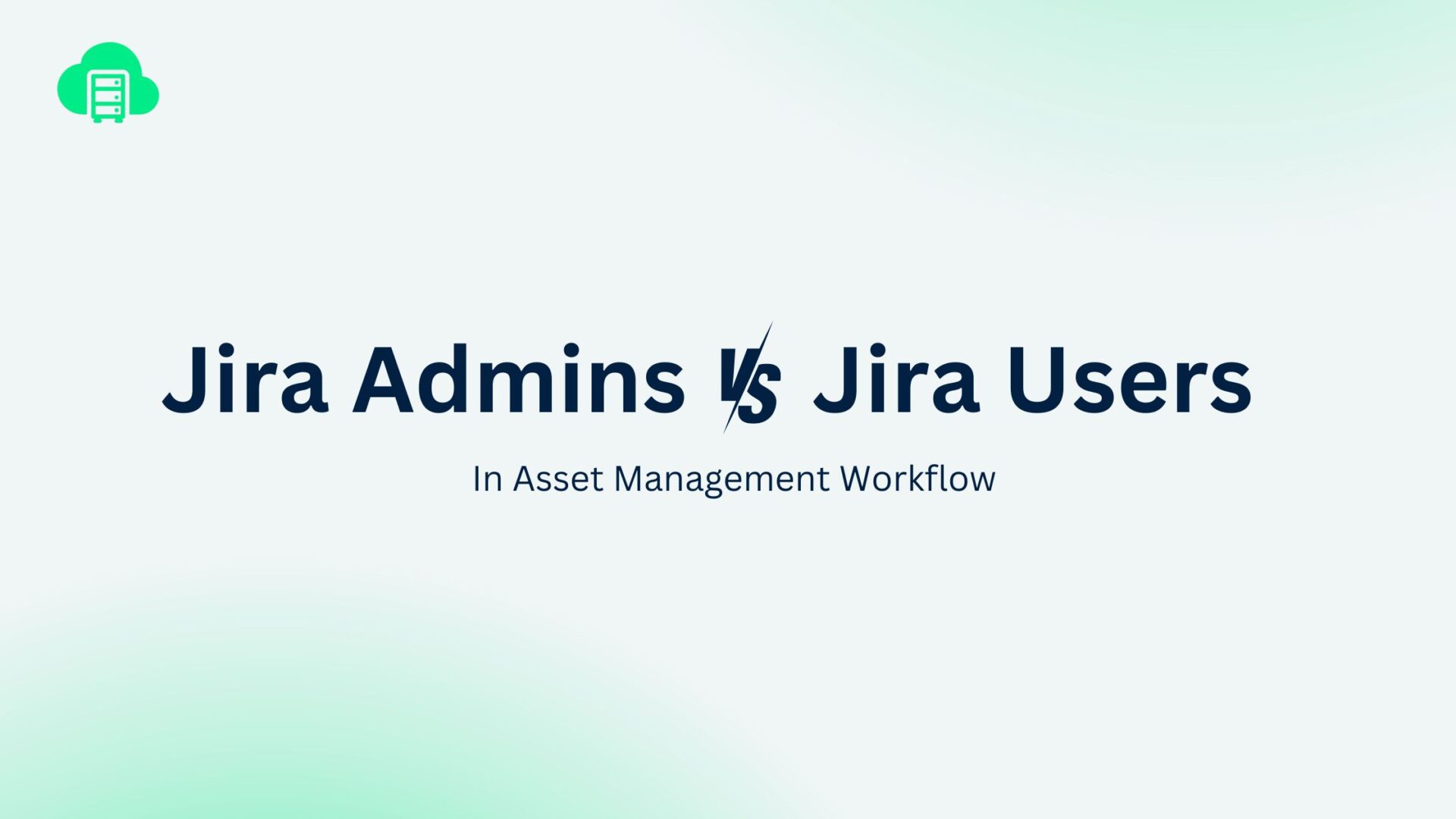
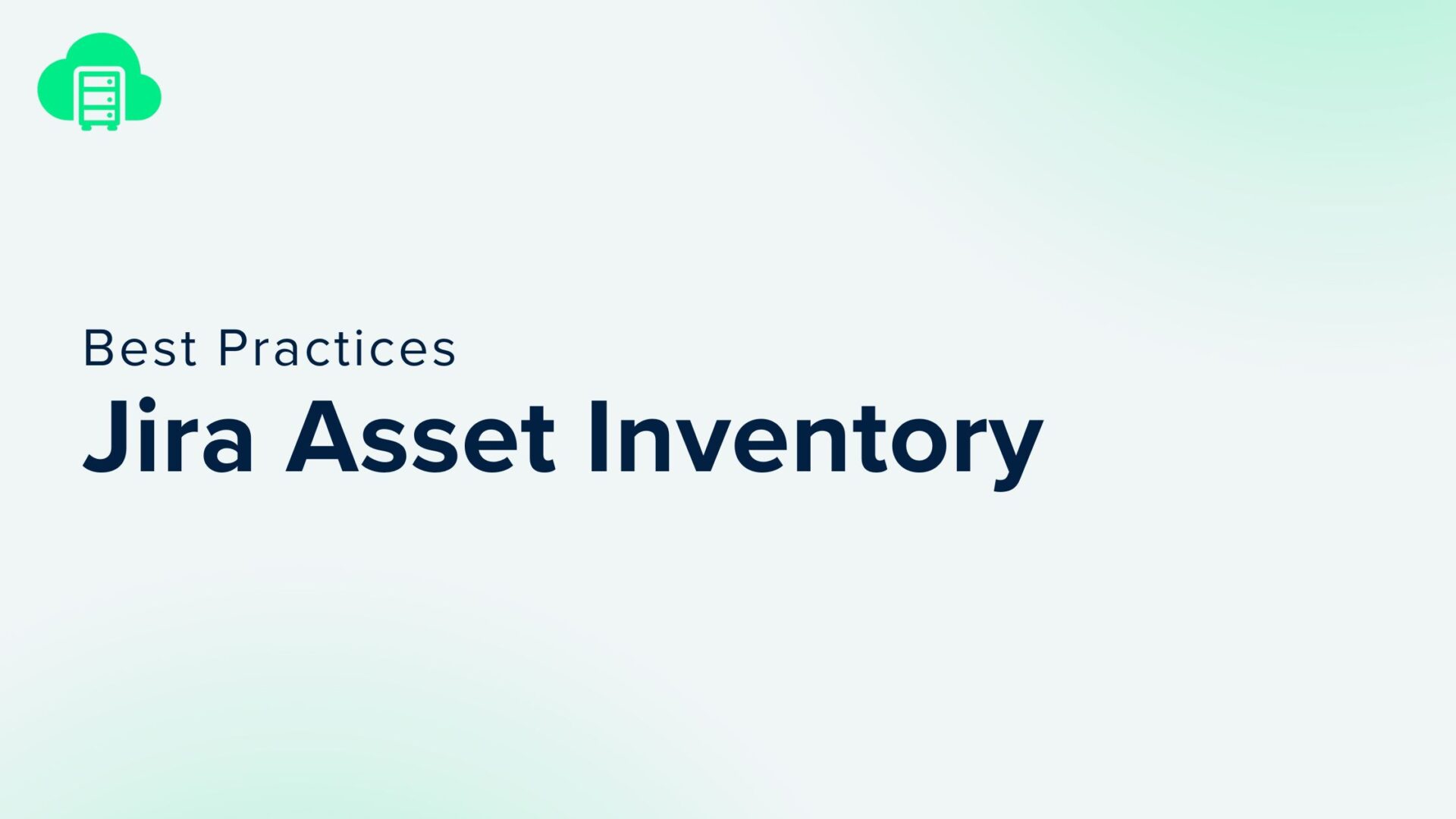
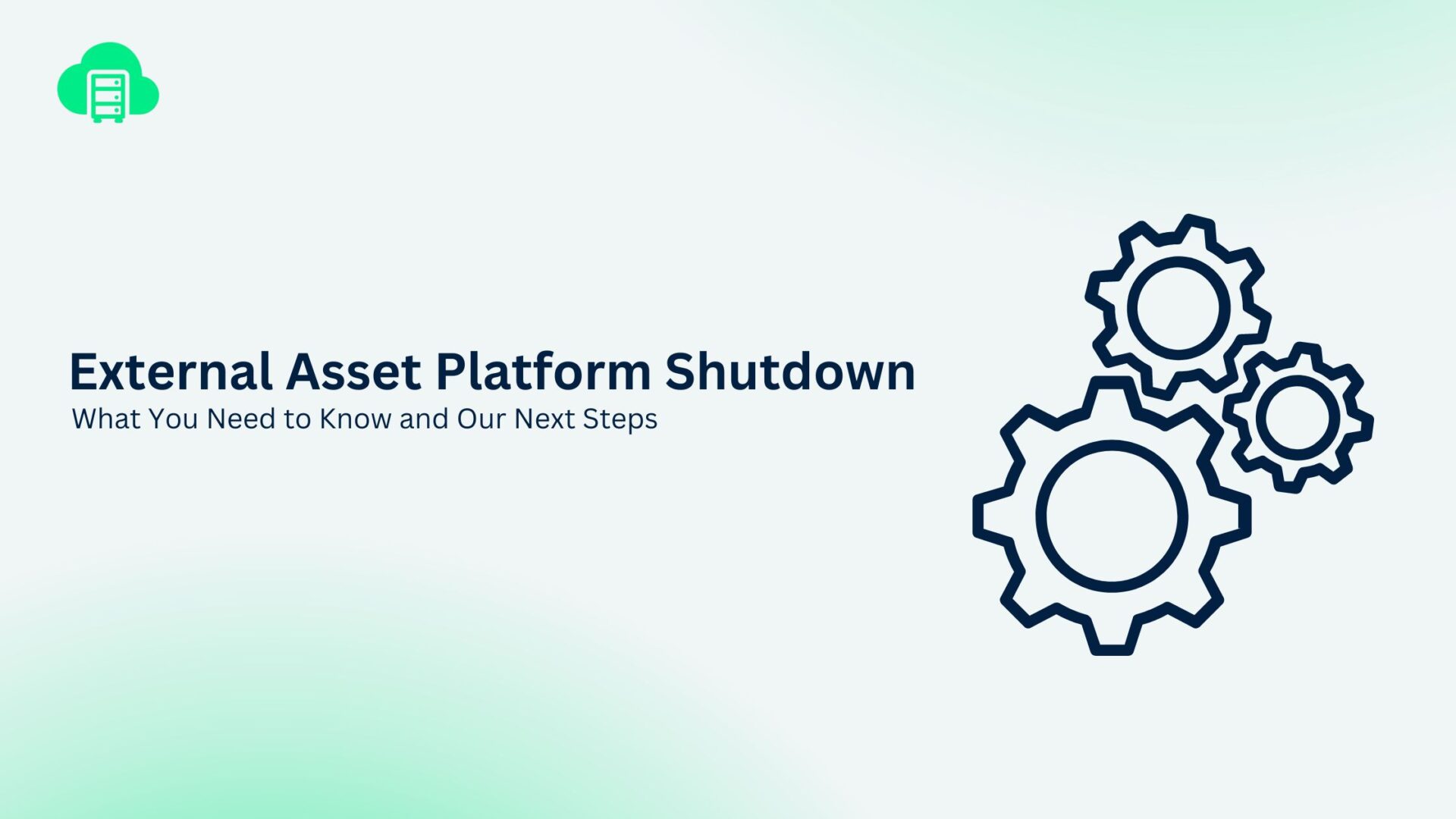
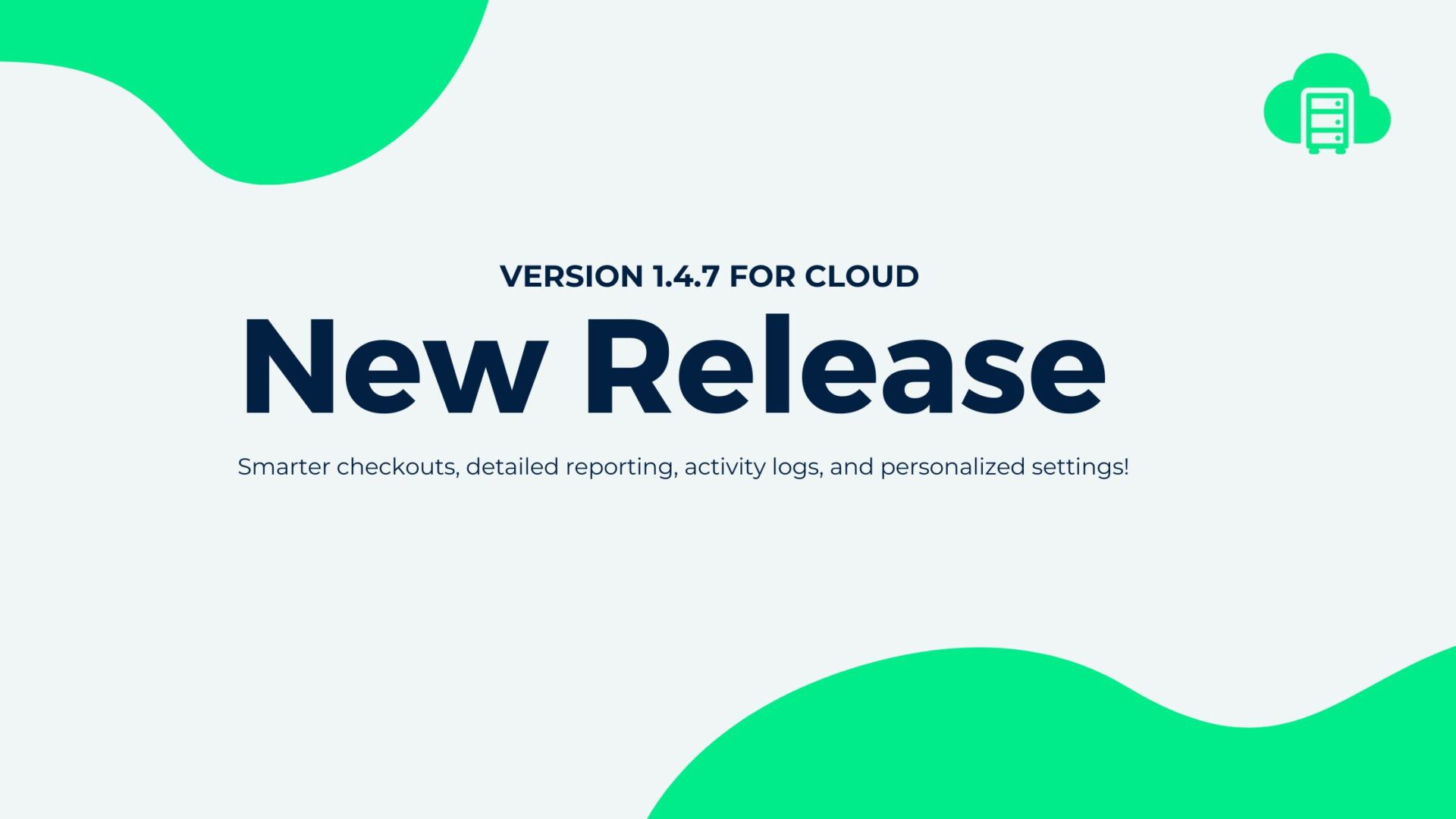
Recent Comments